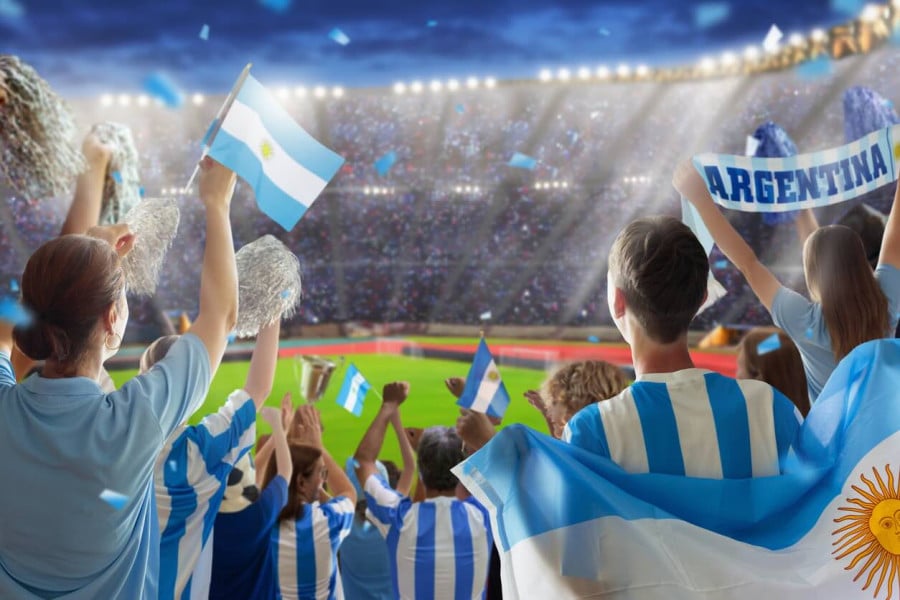COPA América’s stadia controversies: What can FIFA learn for the 2026 World Cup?

Every four years, the top national teams in South American men’s football (soccer) compete in the COPA America. The COPA America 2024[1] was recently held this past summer, not in Ecuador, as expected, but in the United States as part of CONCACAF and CONMEBOL's new strategic partnership. The tournament, however, received widespread criticism for a number of organisational elements, including pitch conditions, ticket pricing and crowd violence. This article examines the Copa América 2024 controversies, and analyses the potential impact that it could have on the FIFA World Cup 2026, which will be hosted by 16 cities across North America:
To continue reading or watching login or register here
Already a member? Sign in
Get access to all of the expert analysis and commentary at LawInSport including articles, webinars, conference videos and podcast transcripts. Find out more here.
- Tags: Broadcasting | Copa America | FIFA | Football | Media Rights | Player Welfare | Safety | World Cup 2026
Related Articles
- An overview of the regulatory and legislative framework for sports ground & stadia safety in the UK
- 100% renewable energy powers Super Bowl LVIII - How other teams can follow in the Raiders’ footsteps
Written by
Baird Fogel
Baird Fogel is a partner at Eversheds Sutherland. He is an experienced transactional lawyer who advises clients on a variety of corporate matters and complex transactions, including mergers and acquisitions, contract negotiations, commercial law and settlements, compliance, corporate governance as well as international project finance, project development, and project construction. He has particular experience with both domestic and international clients in the sports industry.




